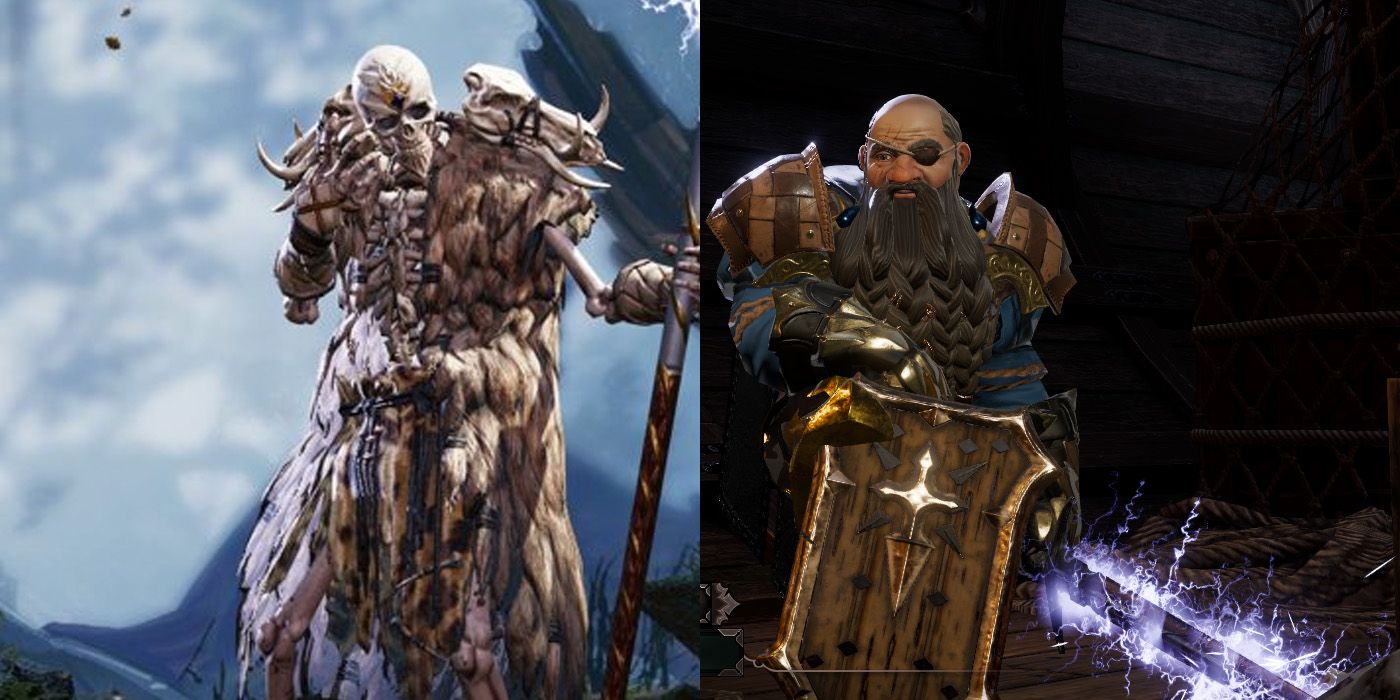
Fans of Divinity: Original Sin 2 will remember the sheer diversity of tactical opportunities in the critically-acclaimed Larian Studios title. T he game allows players to break away from conventional RPG stereotypes when it comes to characters. As such, players who love support roles such as a Healer might find their characters doing more than just healing in Original Sin 2.
RELATED: Divinity Original Sin 2: 10 Tips To Defeat The Harbinger Of Doom In Act 2
In fact, the right build can transform a player's Healer into a tactical powerhouse that can fit in almost any combat situation. With this in mind, how can players maximize the game's support offerings for their ideal Healer?
10 Cleric Remains Straightforward

As the name implies, the Cleric remains the readily-equipped healer among the Starting Classes. They start with the Hothead talent, which gives them a 10-percent boost to Accuracy and Critical Chance at maximum Vitality.
Perhaps more interesting are their starting Skills. Clerics naturally receive Restoration (Hydrosophist 1), allowing them to heal. However, Clerics can also engage in emergency melee combat with its Necromancer starting Skills. They get the damaging Decaying Touch (Necromancer 1) and can steal Vitality from blood surfaces via Blood Sucker (Necromancer 1).
9 Enchanter Expands Combat Options

Healers who want to steer clear of the archetypal melee healer can trade Cleric for Enchanter as an efficient Starting Class. At first glance, this class seems more fit for an offensive role with the Far Out Man Talent, which adds 2-meters to their effective Skill range. They also begin with freezing Hail Strike (Hydrosophist 1) as well Electric Discharge (Aerotheurge), which interact with wet surfaces.
Despite its starting offensive nature, first-level Hydrosophist and Aerotheurge immediately open a ton of useful Skills. For instance, Armour of Frost provides additional magic armor, Favourable Wind grants haste, and Blinding Radiance can blind nearby opponents. Hydrosophist also features several healing skills at later levels.
8 Intelligence Is A Healing Essential
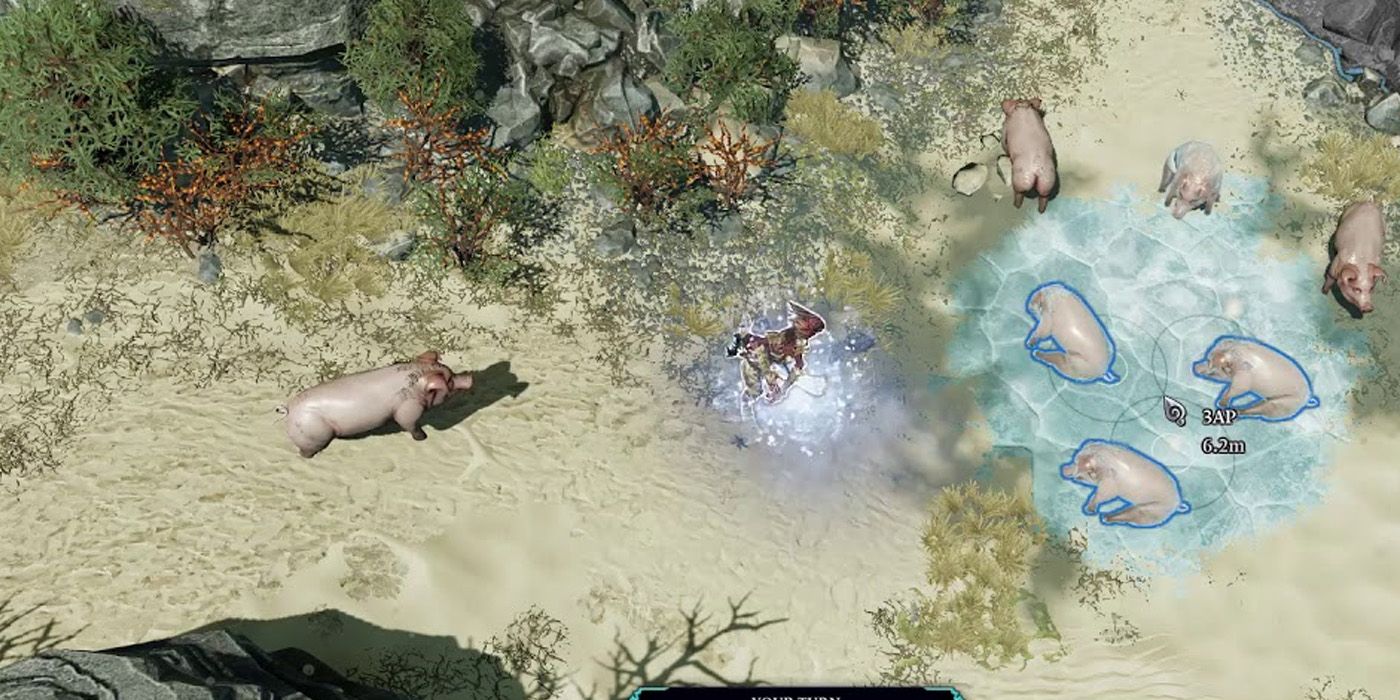
As with all spellcasters, Clerics tap into their Intelligence to boost the potency of their magic. As a stat, each point in Intelligence grants a 5-percent damage boost to Skills. High Intelligence also allows spellcasters to wear better armor.
Intelligence benefits Healers two-fold. Firstly, high Intelligence increases the Vitality granted by their healing spells — obviously great for Healers. Secondly, the innate boost of Intelligence will increase the base attack of a Spellcaster's offensive spells. This allows Healers to tap into the more damage-dealing Skills of their chosen Skill Schools.
7 Hydrosophist Rules Healing
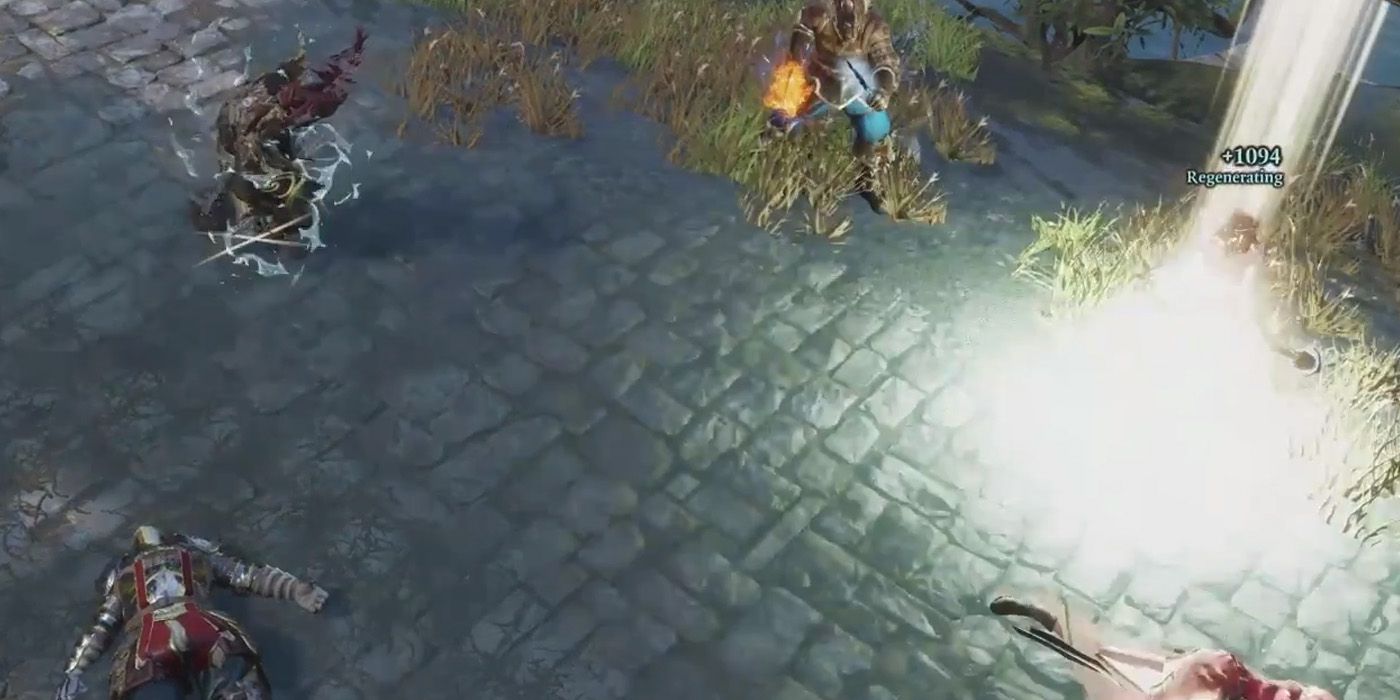
Whereas the Scoundrel School dominates the melee DPS space, the Hydrosophist School boosts the potency of both restoration spells and Water damage. When the player invests in this skill, each point in Hydrosophist gives a 5-percent boost to Water attacks and restoration from all sources. In turn, Healers can easily rely on the Hydrosophist school for both offensive and defensive Skills.
RELATED: Divinity Original Sin 2: How To Defeat The Aetera In Act 2
Restoration (Hydrosophist 1) remains the go-to healing Skill for Healers in Original Sin 2. However, Healers can also offensive Skills such as Hail Strike, Winter Blast (Hydrosophist 2), and Ice Fan (Hydrosophist 2).
6 Expand Support With Buffs
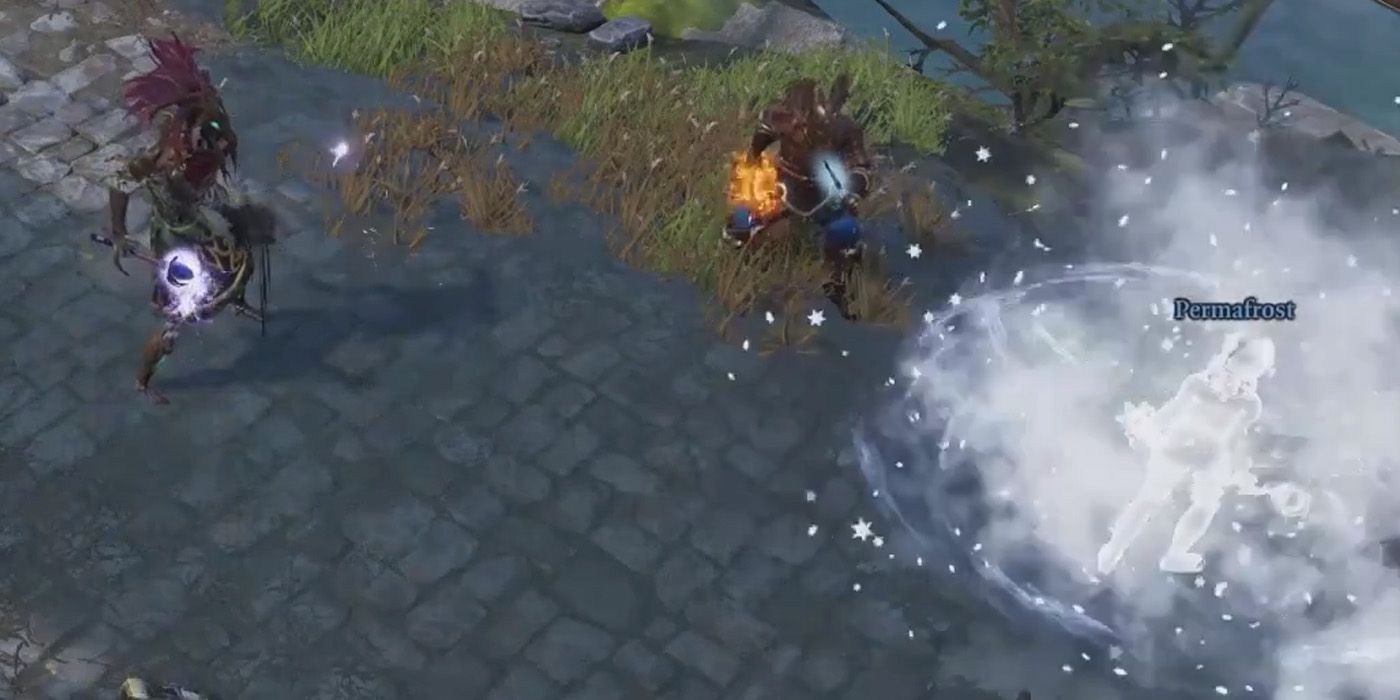
Support mains will understand just how valuable buffs can be across the battlefield. In Original Sin 2, buffs alongside heals can easily turn tables to the party's favor. Healers with Hydrosophist 1 can immediately access buffs such as Armor of Frost (boost Magical Armour), Cryotherapy (targets receive buffs via Frozen surfaces), and Healing Tears (heals everyone within melee range), among others.
More powerful buffs include Cryogenic Stasis (provides invulnerability and heals over time), Healing Ritual (chain healing), and Mass Cleanse Wounds (AOE healing). Arcane Stitch (Hydrosophist 3) is also a great asset. Not only does it remove most debuffs, but also fully restores Magical Armour.
5 Aerotheurge Amplifies Combat Options
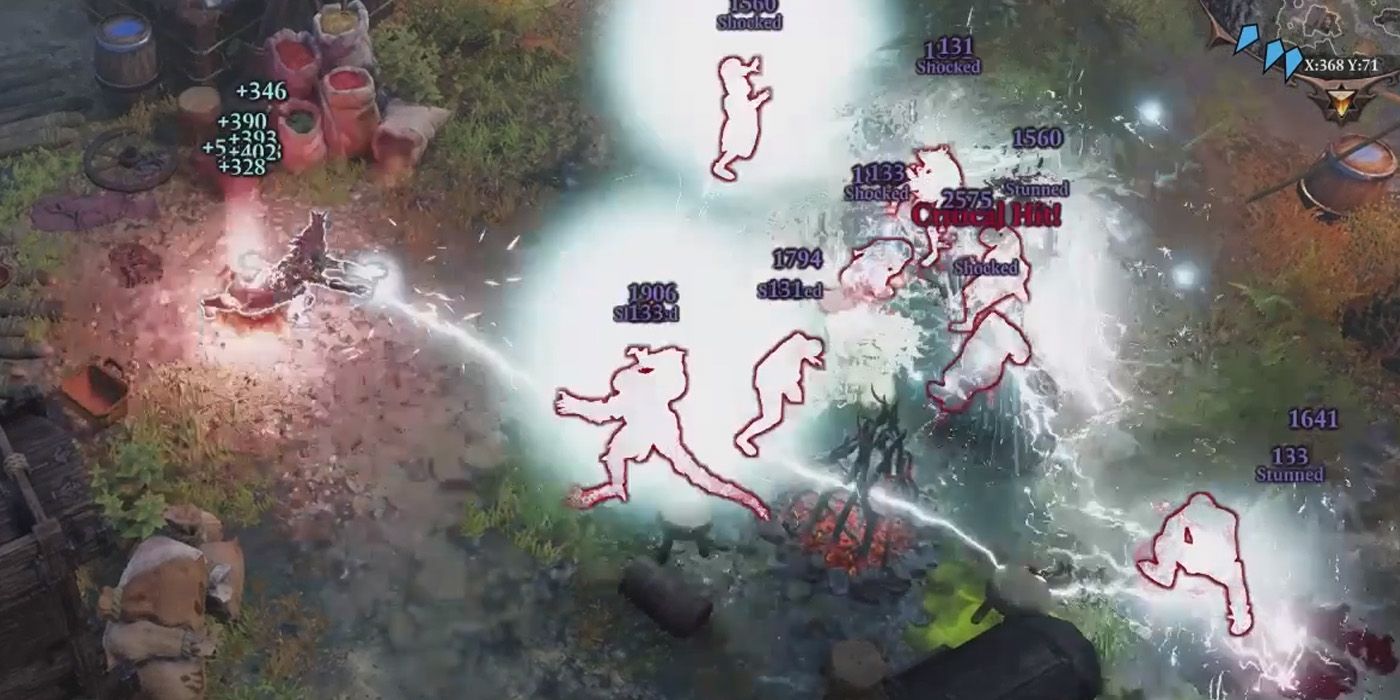
Healers who want to deal more damage can rely on Aerotheurge to diversify their repertoire of offensive spells. Most Aerotheurge Skills deal Air damage and apply the Shocked debuff, making them a great pairing with Wet surfaces. Spellcasters who increase Aerotheurge can deal more devastating attacks such as Pressure Spike (AOE), Vacuum Aura (sets Silence and Suffocating), and even Chain Lightning (chain damage and sets Stunned).
Several Aerotheurge Skills also allow Healers to control the battlefield. For instance, Smoke Cover hides the caster, Teleportation and Nether Swap are handy mobility tools, and Uncanny Evasion can make allies nearly invulnerable due to its Dodge boost.
4 Constitution & Shields Increase Survivability
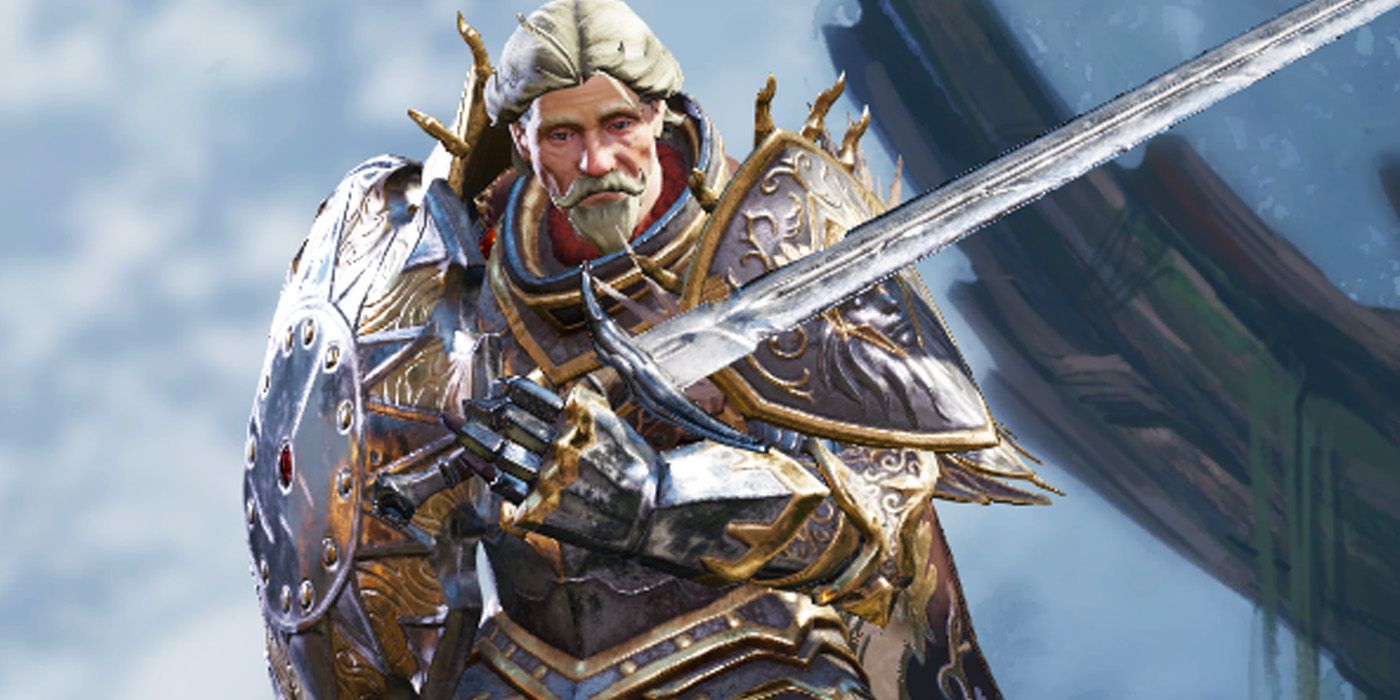
Players who want to build their Healers like typical MMO support characters know that defense is essential. In Original Sin 2, this translates into both Vitality and Physical Armor. Each point of Constitution increases Vitality by 7%, which adds a lot to the Healer's survivability.
RELATED: Divinity: Original Sin 2 - How To Defeat Alice Alisceon In Act 2
While Healers might not have enough Strength to wear Heavy Armor, high enough Vitality grants access to Shields. The Physical Armor from Shields alone can help Healers withstand melee attackers. Likewise, the free Shields Up (Special Skill) restores Physical Armor and can get them out of sticky situations.
3 Wands Can Maximize Versatility
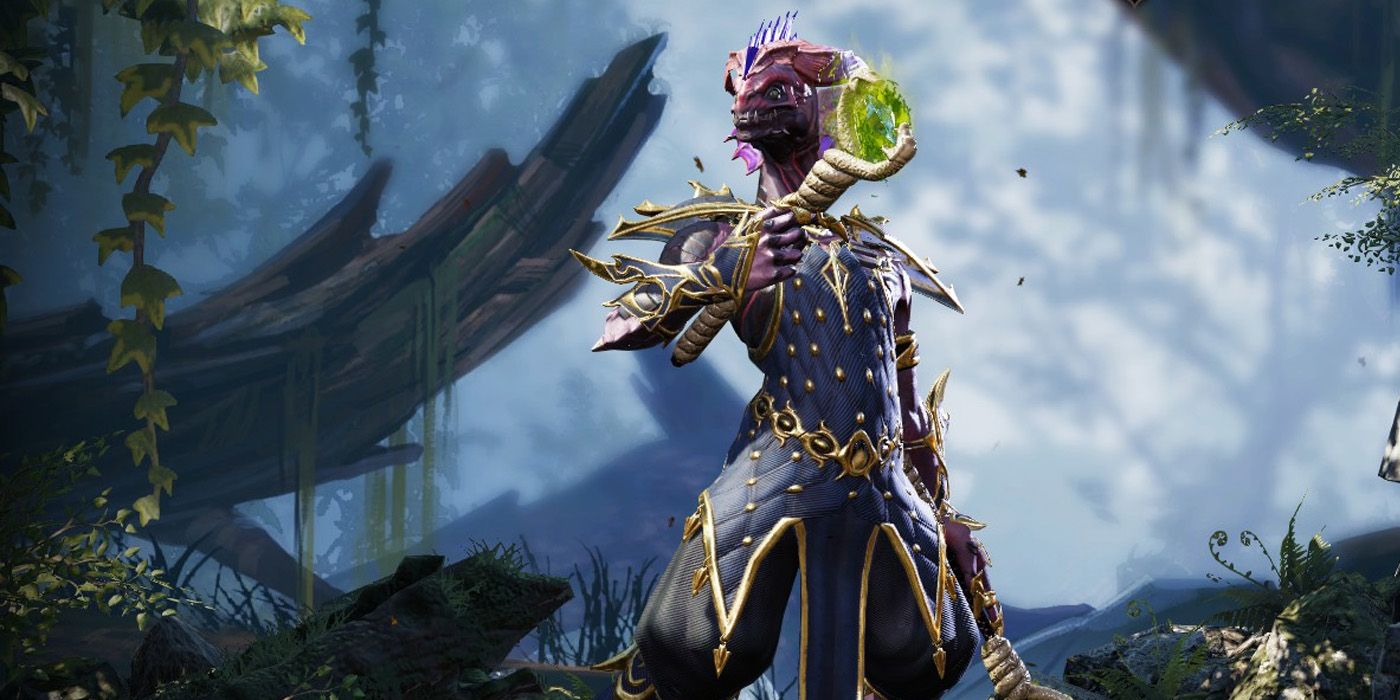
Spellcasters in RPGs usually get attached to Staves and Wands as their weapons of choice, and much remains the same for the Healer in Original Sin 2. Instead of the Staff, though, a Healer-to-be might want to capitalize on the Wand. Like the Staff, a Wand is an Intelligence-based weapon.
A Wand can become the most versatile weapon of choice for a Healer. As a One-Handed Ranged Weapon, Wands pair well with a Shield for defense boosts, or a Sword or a Mace for melee. Additionally, some Wands have innate elemental damage, or offer a free elemental Skill. In turn, some Healers may even dual-wield Wands to boost their offensive repertoire.
2 Consider Defense For The Vanguard
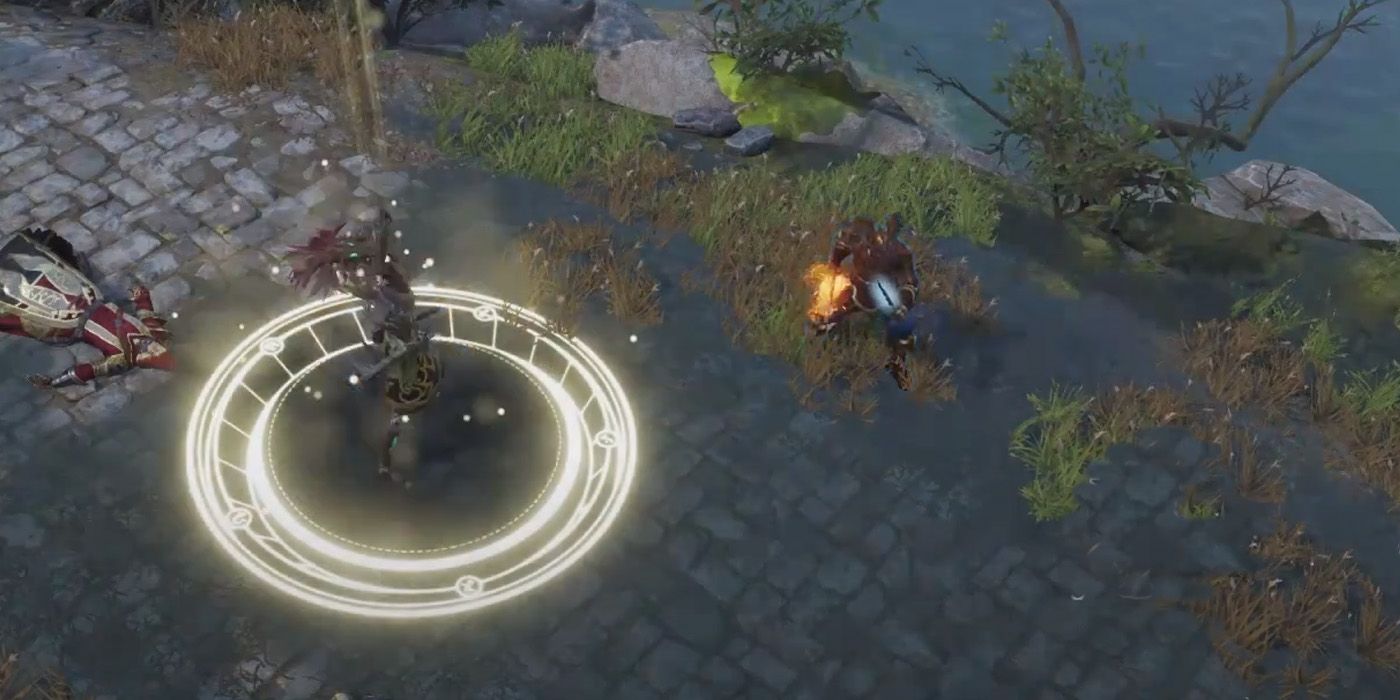
Healers who want to be a little more like tanks can invest in Defense to boost their melee potential. For instance, each point in Leadership alone grants additional 2% Dodging and 3% Resistances to allies within a 5-meter radius. This incentivizes the presence of melee DPS near the Healer-Tank when attacking enemies. It also enables the Healer-Tank to protect allies while healing them.
Other abilities also boost the survivability of a Healer-Tank. Each point in Perseverance restores 5% Magical Armor after recovering from Frozen or Stunned, or 5% Physical Armor after being Petrified or Knocked Down. Lastly, each point in Retribution also reflects 5% damage to attackers.
1 Tap Into Living Armor & Far Out Man
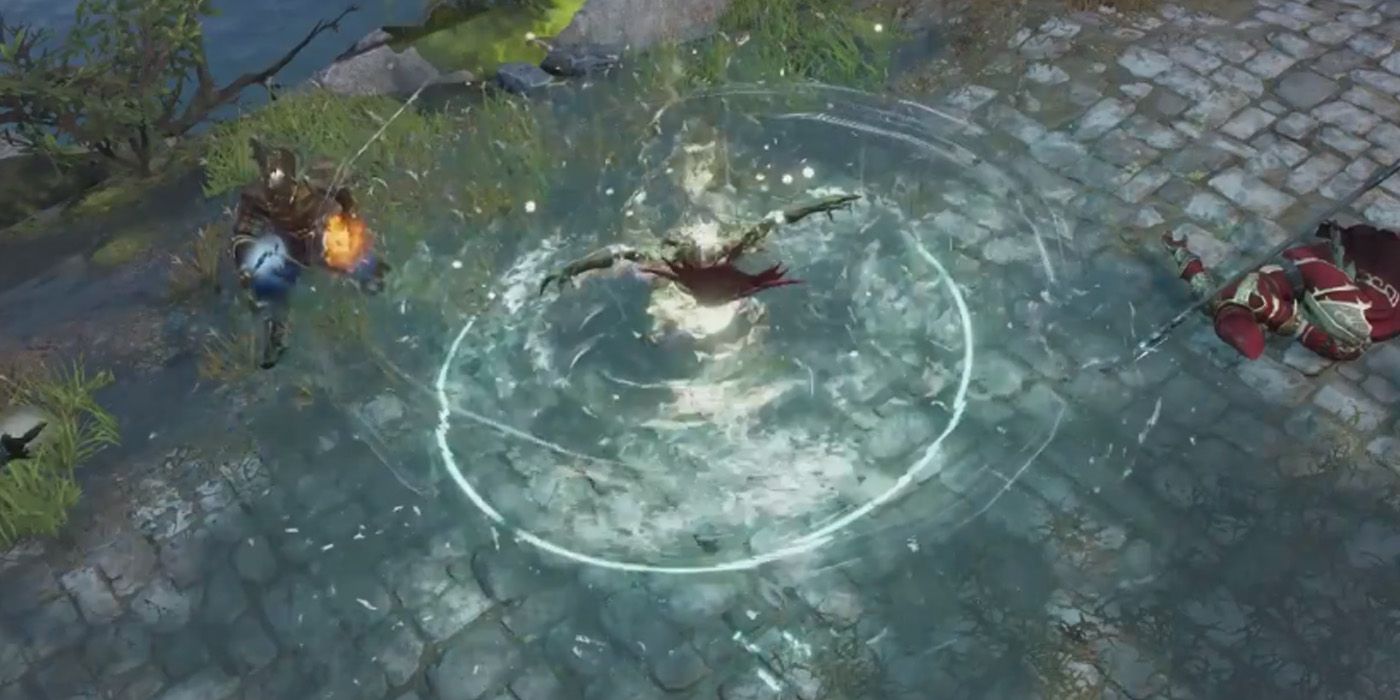
While Healers will most likely rely on Hydrosophist for healing, the right Talents can maximize their potential in the field. For instance, Far Out Man gives a 2-meter extension to the effective range of Skills and scrolls. This transforms Healers into long-distance ambulances or behemoths, depending on the need.
Meanwhile, the Living Armor Talent adds 35% of all received healing into Magical Armor. This adds much to a Healer's survivability against more powerful spellcasters, whose attacks usually penetrate Magical Armor quickly.
NEXT: Divinity Original Sin 2: 10 Combat Tips To Win Without Ever Spending Source

